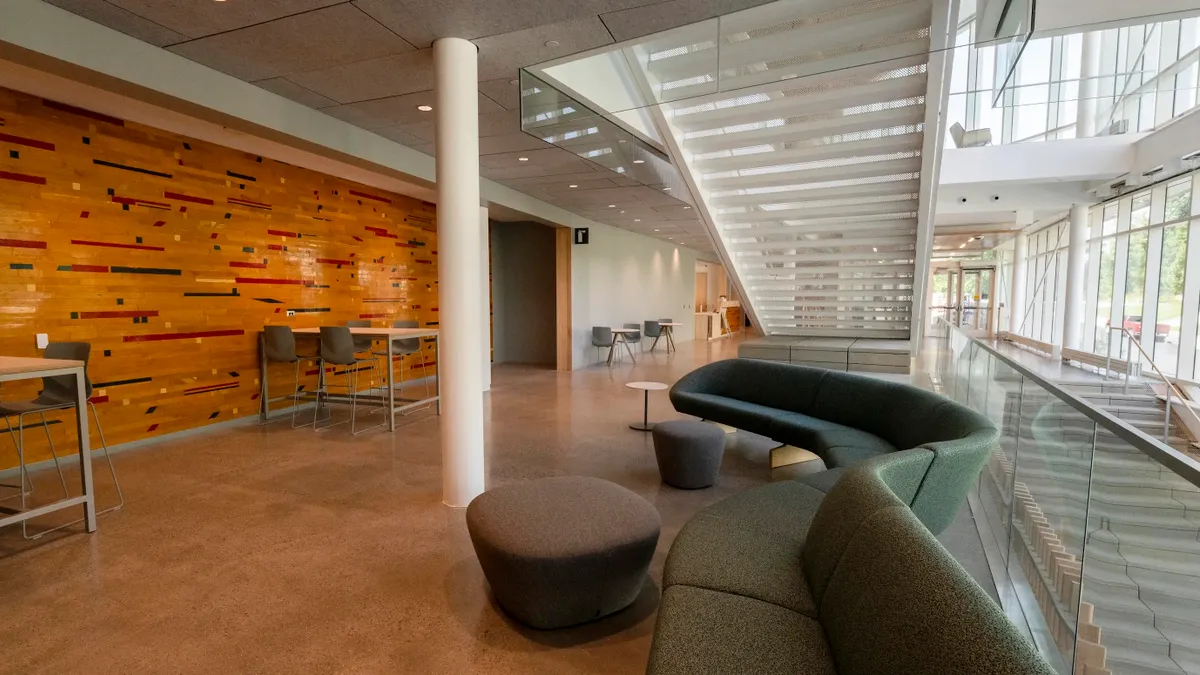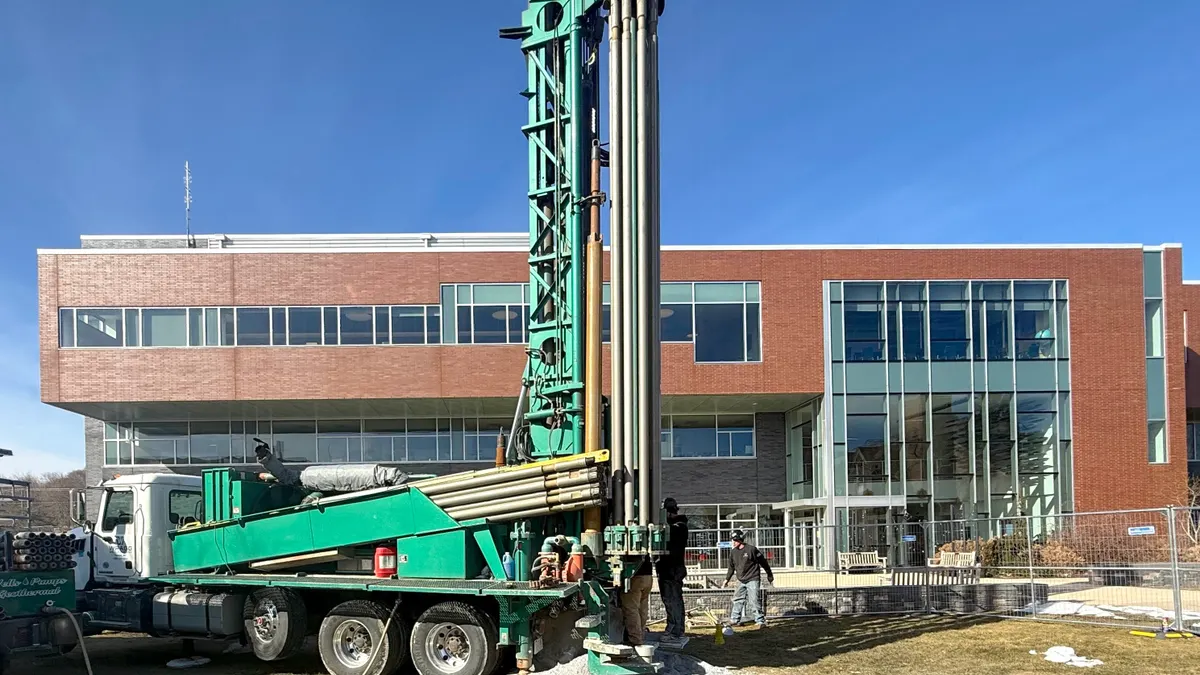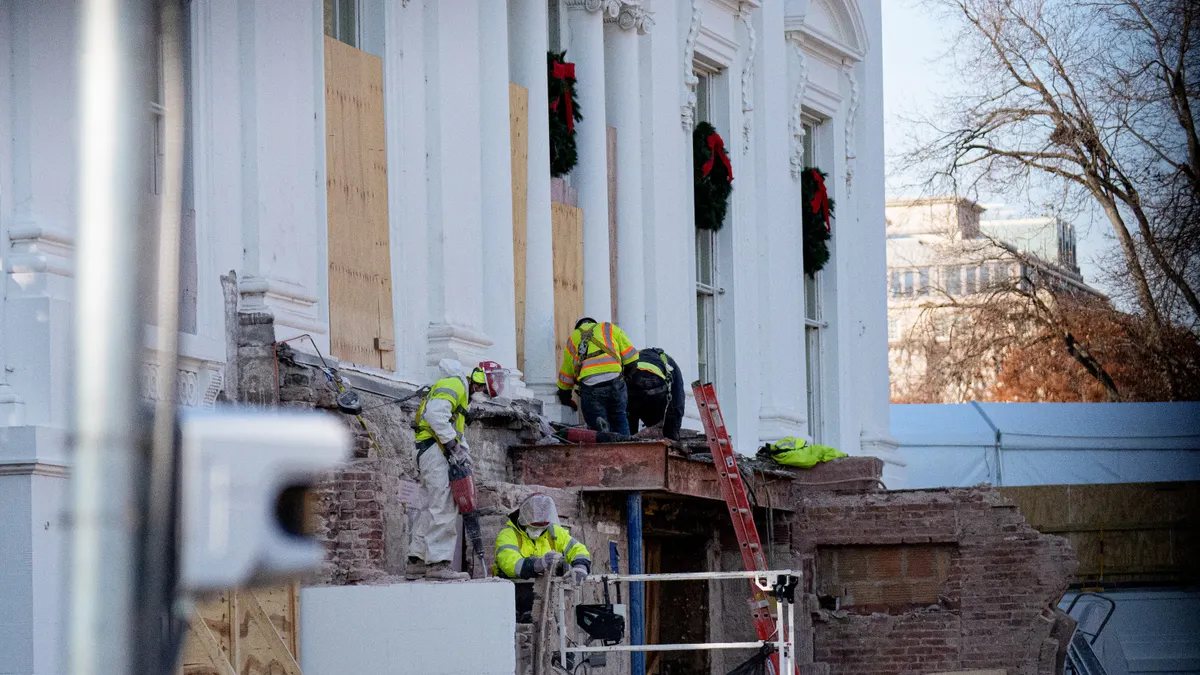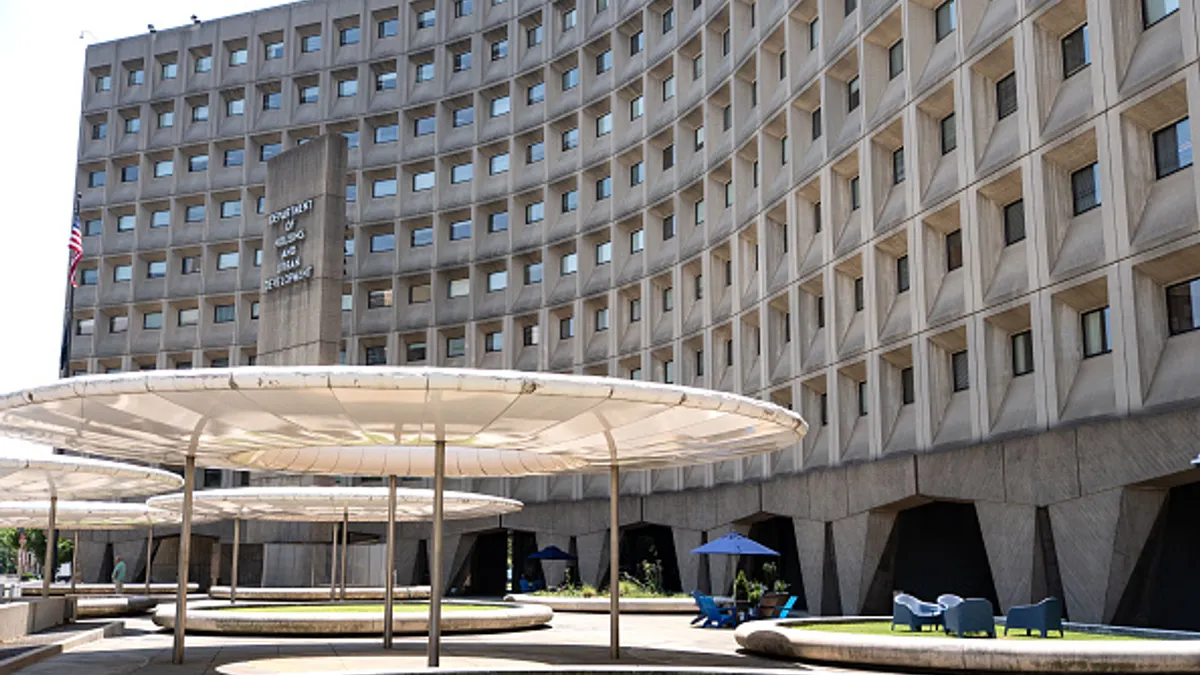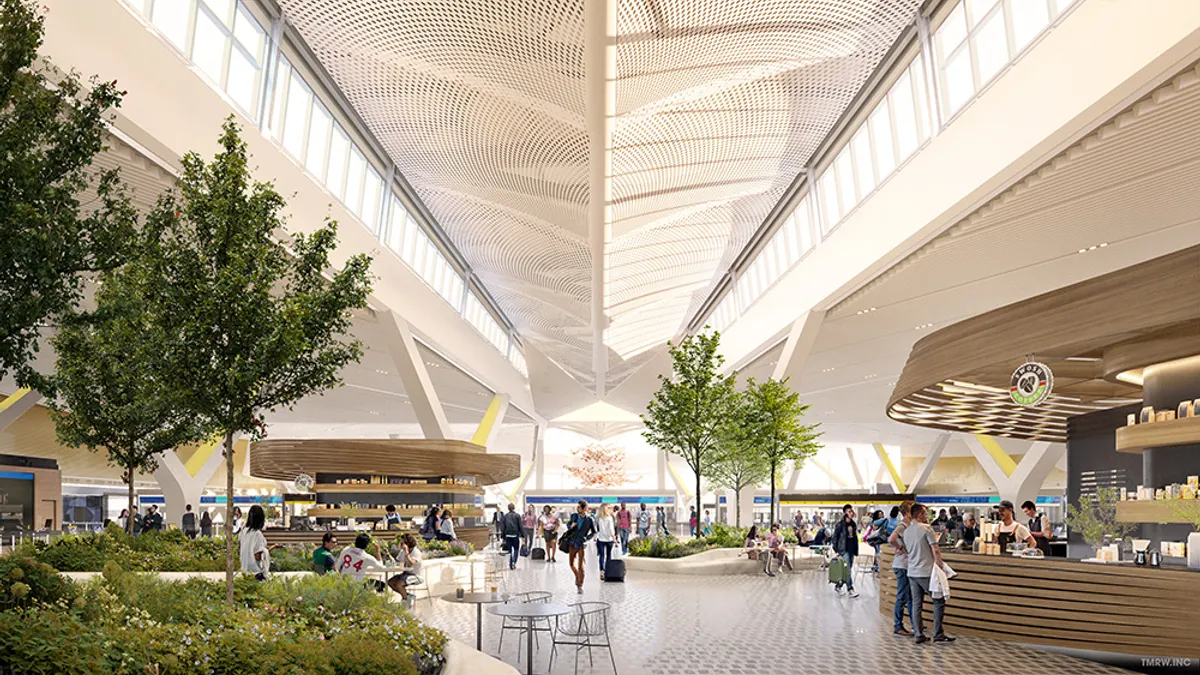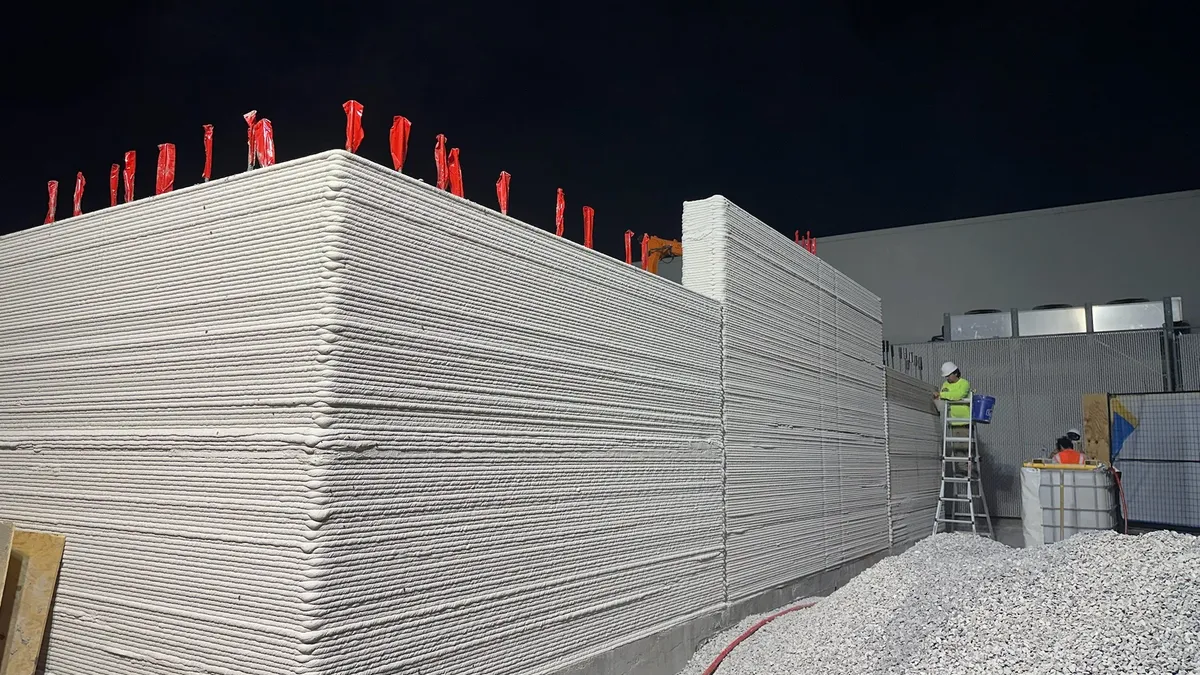As students seek better wellness services, higher education institutions are facing a need to reassess and enhance their campus health, fitness and well-being. Less than half of the students surveyed by Inside Higher Ed and Generation Lab in May rated the quality of their campus health and wellness services as good or excellent. The largest share of students — 37% — said services were average, with 17% ranking their campus offerings as “fair” or “poor,” according to the survey of 5,025 higher education students.
Solutions that surveyed students recommended included relaxation spaces and expanded timing of well-being services. According to their suggestions, late-night or early-morning offerings could make fitness classes or gym space more accessible for some students, while relaxation lounges and sensory rooms embedded in academic buildings could benefit academic experience and overall well-being.
Seventy percent of universities, colleges and higher institutions have invested in wellness facilities and services to promote overall well-being, according to another survey of 380 presidents of colleges and universities, conducted Inside Higher Ed and Hanover Research.
These investments are catalyzing efforts to build and renovate recreation, health and wellness spaces in colleges and universities.
Here are some recent projects underway across the country:
Health and recreation
Carnegie Mellon University opened the doors of its new $105 million Highmark Center for Health, Wellness and Athletics this fall, with an aim of providing “robust services and educational programs” that support “body, mind and spirit.” The 160,000-square-foot building includes full-service clinical areas for university health services; private and support spaces for counseling and psychological services; wellness spaces; and a modern athletics facility for practice, performance, training and athlete care, the university said Aug. 26.
The building was constructed with sustainability in mind and is working to obtain LEED Gold certification, Utkarsh Ghildyal, associate director of design for campus design and facility development at Carnegie Mellon University, said in a statement. The top of the concierge desk is being created from a sycamore tree cut down during a previous construction project on campus, while copper from old roofs is being used to build an interior decorative wall, the university said.
The center will provide students and visitors with covered bike storage and bicycle parking outside the building, as well as a new entrance ramp to accommodate event crowds and a suite of “contemplation nooks” and “ablution rooms.” The second- and third-floors will feature pharmaceutical lockers to facilitate an easier prescription pick-up process, a concession stand, a small irrigated garden hosting native plants, and waiting areas for health center appointments,
Meanwhile, Michigan State University is building a $200 million student recreation and wellness center to replace its previous sports building. The facility, slated for completion in February 2026, will hold a 50-meter Olympic-sized pool, a rock climbing wall, two classrooms and gender-inclusive lockers and restrooms, among other spaces, Building Design and Construction reported. The new facility also includes a “hammock grove” from the climbing wall, adding to an existing arboretum on campus, according to Troy Sherrard, partner and practice leader-sports and recreation for Moody Nolan, which designed the center.
Led by a student coalition, another health-centered initiative at the university aims to expand student access to healthcare resources, bringing emergency contraceptives and other health products to students through a vending machine pilot. The university officially opened its first health vending machine in its student union on Oct. 11, with intentions of bringing more vending machines on campus, according to a blog post by students who led the initiative.
Meanwhile, Creighton University has renovated its Kiewit Fitness Center, transforming the space into a modern, accessible fitness facility after the closure of an old pool. The fitness center, which triples the previous workout space for students and faculty, includes new equipment and 11,200 square feet of additional space — an effort that considered input from a student survey, Campus Recreation Magazine reported.
Libraries and student services
The University of South Carolina Upstate recently completed a new 26,000-square-foot library, which boasts a student success center with tutor rooms, a career management suite with interview space, multipurpose rooms, large classrooms, an athletic study hall and an open study, as well as lounge areas, the institution announced Oct. 29.
“After conducting feasibility studies over the past several years, we’re grateful to Chancellor [Bennie] Harris for securing the funding for this magnificent building,” Fred Scott, director of facilities Management, said in a statement.The facility is expected to open in fall 2025, “providing students with a vibrant space for collaboration, career readiness, and study.”
In June, Alabama A&M’s Board of Trustees approved the construction of a new Student Amenities Center that will provide centralized campus services, dining options and student support offices, the university said Oct. 10. The building is expected to include a food court, a flexible theater space, a game room, a campus bookstore and a merchandise shop, as well as conference spaces and outdoor pavilions.
“Students expect quality amenities and comfortable spaces to gather, study, and build community. The student amenities building addresses those needs while also centralizing many of the support and auxiliary services for students,” Alabama A&M University Vice President of Student Affairs Braque Talley said in a statement. Construction is scheduled to begin later this year, the university said.
Accessibility
In addition to increasing the amount of fitness space available to students, Creighton University placed emphasis on accessibility and sustainability during the renovation of its Kiewit Fitness Center. By relocating the welcome desk and adding Americans with Disabilities Act-compliant features, the institution was able to make the space easier to navigate for all students.
“It’s pretty demoralizing to want to use a space, but to do so, you have to go down an elevator, cross five courts and open multiple doors,” Jason Thornton, director of recreation and wellness at Creighton University, told Campus Recreation Magazine. “It just makes sense to make it more accessible.”
To improve accessibility for students living off campus, West Virginia University recently updated its commuter lounge with a new layout, improved Wi-Fi reception and a new wall mural. Amenities that come with the lounge include a microwave, refrigerator, a coffee station, gaming consoles, lockers and a television, according to the Daily Athenaeum.
“We really wanted to invest in creating a space for them that provides some of those services,” Skylar Braithwaite, assistant director of campus and community life at West Virginia University, told the Daily Athenaeum. “Just some of those [kinds] of amenities to provide a comfortable environment here on campus since they can’t, or some of them, don’t have the opportunity to run back home to where they’re living.”


